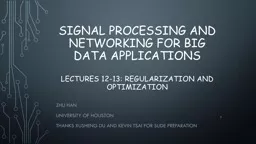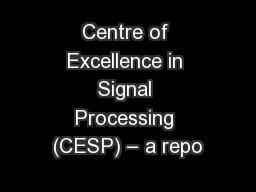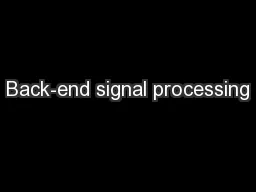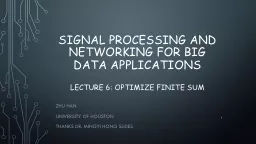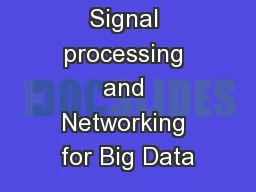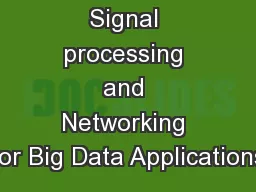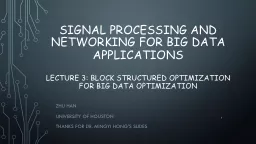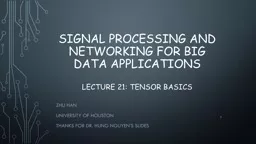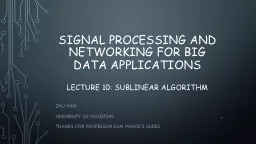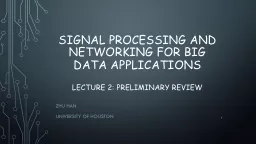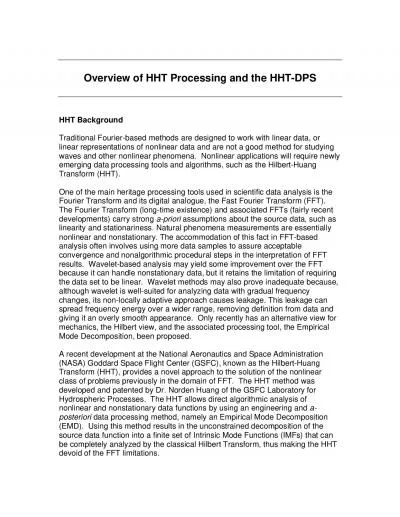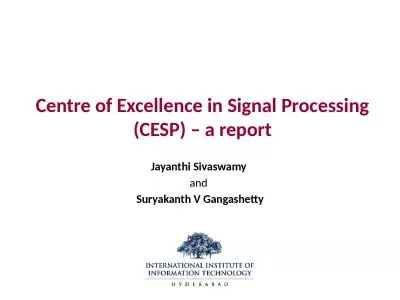PPT-Signal processing and Networking for Big Data
Author : luanne-stotts | Published Date : 2018-11-07
Applications Lectures 1213 Regularization and Optimization Zhu Han University of Houston Thanks Xusheng Du and Kevin Tsai For Slide Preparation 1 Part 1 Regularization
Presentation Embed Code
Download Presentation
Download Presentation The PPT/PDF document "Signal processing and Networking for Big..." is the property of its rightful owner. Permission is granted to download and print the materials on this website for personal, non-commercial use only, and to display it on your personal computer provided you do not modify the materials and that you retain all copyright notices contained in the materials. By downloading content from our website, you accept the terms of this agreement.
Signal processing and Networking for Big Data: Transcript
Download Rules Of Document
"Signal processing and Networking for Big Data"The content belongs to its owner. You may download and print it for personal use, without modification, and keep all copyright notices. By downloading, you agree to these terms.
Related Documents

